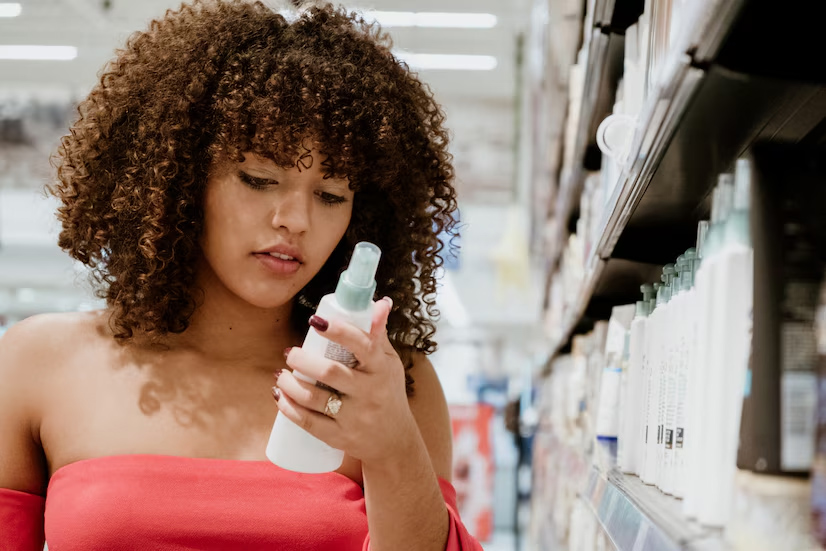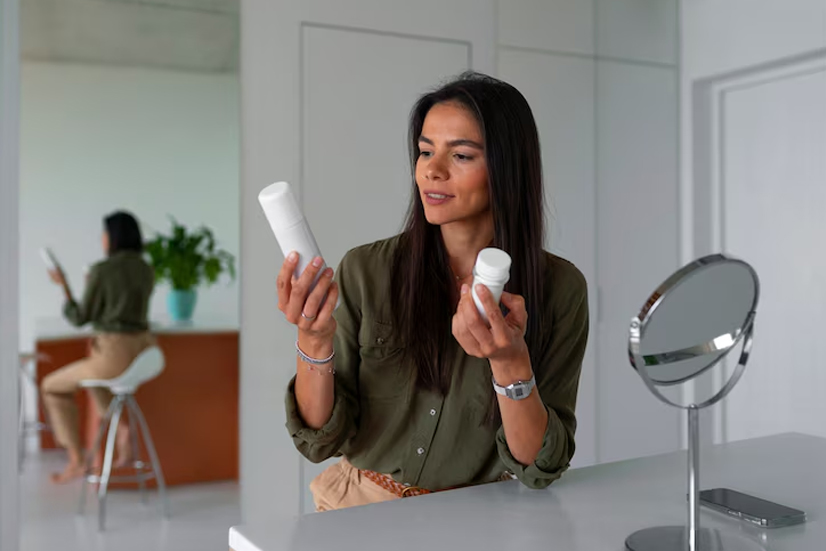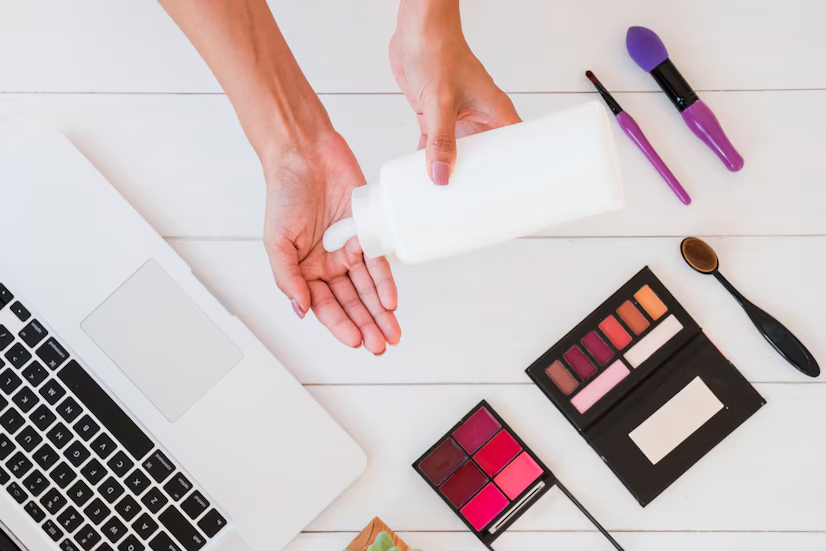
In today’s beauty and wellness world, ‘non-toxic’ has become a buzzword, with skincare products proudly displaying this label to attract conscious consumers. While the term may give you peace of mind, are we simply taking these claims at face value, or is it time to critically evaluate what’s actually in the products sitting on our bathroom shelves?
Table of Content:-
The term ‘non-toxic’ is often used liberally across skincare labels, but what does it really mean? The truth is, there’s no standard or regulation governing the use of this term. Skincare brands may use it to highlight that their products don't contain known harmful chemicals, yet the reality is more complicated. Many beauty products that claim to be ‘safe’ or ‘non-toxic’ may still contain a cocktail of ingredients that, over time, could have adverse effects on the skin and overall health.
Unveiling the Ingredients Behind the Label

While many consumers are increasingly concerned about the chemicals in their skincare products, the absence of certain chemicals doesn’t necessarily guarantee safety. Some ingredients labelled as "natural" or "organic" may still cause allergic reactions, irritation, or other side effects.
A notable example is the inclusion of essential oils in skincare formulations. Despite their "natural" appeal, essential oils are known to trigger skin sensitivity in some individuals. A study published in Dermatitis (2018) found that essential oils like lavender and tea tree oil, which are frequently used for their purported healing properties, can cause allergic reactions, particularly when used in higher concentrations. Even natural ingredients can be problematic for certain skin types, demonstrating that non-toxic labelling alone isn’t enough to ensure safety for everyone.
Moreover, products that avoid common toxic chemicals, such as parabens, phthalates, or sulphates, may still contain preservatives or stabilisers that are less than skin-friendly. For instance, certain preservatives like phenoxyethanol, a common alternative to parabens, have been found to irritate the skin or cause mild toxicity if absorbed in significant amounts over time.
Also read: How Often Should You Get A Facial? Expert Advice
The Rise of ‘Clean Beauty’ and Its Implications

In recent years, the ‘clean beauty’ movement has gained considerable momentum, often with promises of using only safe, non-toxic ingredients. But what is clean beauty really? This term often overlaps with ‘non-toxic,’ but there’s no clear-cut definition, and different brands interpret it differently.
A study published in the International Journal of Toxicology (2020) investigated the impact of various cosmetic ingredients on skin health. The study highlighted that while some commonly used ingredients in the beauty industry, such as formaldehyde and synthetic dyes, have been linked to skin conditions and even cancer, many clean beauty alternatives have not been extensively studied for long-term safety. While removing harmful chemicals may seem like a good idea, we must consider whether the new alternatives are actually safer or simply less well-researched.
The Lack of Regulation
One of the key problems is the lack of regulation around skincare product ingredients. In the European Union, cosmetic products are subject to rigorous safety evaluations before they hit the shelves. However, the United States does not have the same level of oversight. In fact, the Food and Drug Administration (FDA) in the US does not have the authority to approve skincare products before they are sold. This leaves the burden of research and accountability largely on the consumer, who may not have the time, resources, or expertise to truly understand the risks involved.

A 2021 study by the Environmental Working Group (EWG) analysed hundreds of skincare products and found that many, even those labelled as 'natural' or 'non-toxic,' contained ingredients linked to cancer, developmental harm, and endocrine disruption. This revelation raises a significant concern about the trustworthiness of self-regulation in the beauty industry, highlighting the need for more stringent checks and balances.
Also read: 2025 Skincare Trends: What’s Next for Your Skin in the New Year?
The Role of Consumer Education
In light of these findings, it’s crucial to arm yourself with knowledge about the products you are using. While non-toxic products may seem like the safer choice, it’s essential to dive deeper into the ingredients list and look for credible, science-backed certifications.
Educating yourself on common harmful chemicals and how to spot them, as well as staying informed about recent scientific studies on skincare, can help you make better decisions. Tools like the EWG’s Skin Deep database allow consumers to check the safety ratings of ingredients, and many brands are now adopting transparency by listing the exact concentration of ingredients on their labels.
Conclusion
While ‘non-toxic’ skincare products may seem like the perfect solution for healthy skin, there’s a need for greater awareness about what goes into these products. Just because something is labelled as non-toxic doesn’t mean it’s entirely safe. It’s crucial for consumers to look beyond the label, research ingredients, and consider the long-term effects of their skincare choices. The lack of regulation around these labels further underscores the importance of consumer education, so we can all make better-informed choices for our skin health. As the beauty industry evolves, it’s time we rethink what we’re putting on our skin, and demand greater transparency and regulation from the brands we trust.
Also watch this video
How we keep this article up to date:
We work with experts and keep a close eye on the latest in health and wellness. Whenever there is a new research or helpful information, we update our articles with accurate and useful advice.
Current Version